Climate Change In The Time Of Coronavirus: How We Can Green The ECB
If, like Cicero wrote, the sinews of war are infinite money, let’s make sure the funds are being used for the right battles, write Brook Riley and Peter Sweatman.
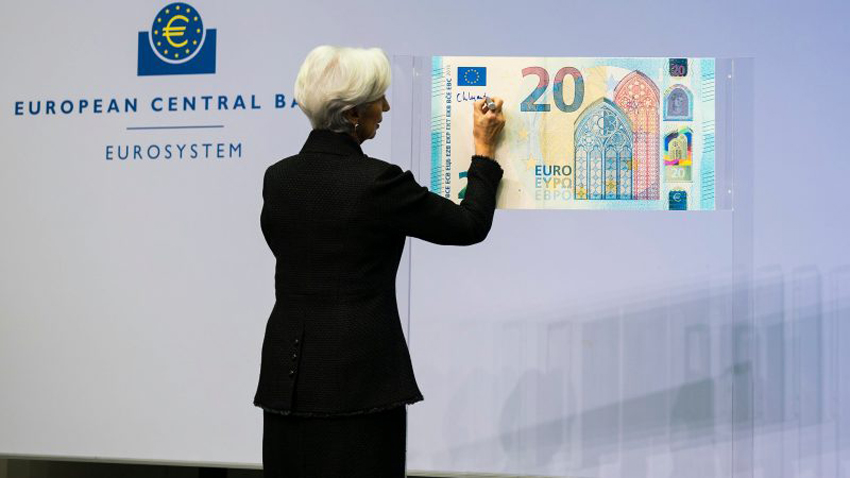
The ECB has declared war on COVID-19 and can now buy up over €100,000,000,000 of debt every month. This gives it unmatched financial firepower – but what will the funds be used for, ask Brook Riley and Peter Sweatman. Photo: Angela Morant / European Central Bank / Flickr
If, like Cicero wrote, the sinews of war are infinite money, let’s make sure the funds are being used for the right battles, write Brook Riley and Peter Sweatman.
‘The sinews of war are infinite money’ – Cicero’s catchy two thousand year-old tag fits the European Central Bank like a glove. At the end of March it announced a gigantic €750 billion ‘Pandemic Emergency Purchase Programme’.
In plain English, the ECB has declared war on COVID-19 and can now buy up over €100,000,000,000 of debt every month. This gives it unmatched financial firepower – but what will the funds be used for? Will they help improve our daily lives? And will they support climate action?
First things first. If we are to green the financial system, there must be a system in place to green. The short-term priority of the ECB, central banks and treasury departments is to maintain liquidity and avoid a financial crash. Governments urgently need to raise funds to address the COVID-19 crisis, but investors are nervous. Therefore the ECB is naturally focusing its asset purchases on government debt, to ensure market liquidity and that the EU is a safe long-term destination for capital.
We assume this is why the ECB is currently unwilling to set green conditions in its €750bn programme (according to its Q&A). From the Bank’s point of view, it is in a global struggle for financial stability; it will not tie its own hands.
ECB can favour green debt
That said, the ECB can still favour green debt. How? Finance ministries raise capital by awarding mandates to bank syndicates, paying them to underwrite and distribute bonds – to issue debt – on the governments’ behalf. There is a constant dialogue between the treasury officials, the debt capital origination teams in the banks and the people who buy the bonds – institutional investors like pension funds and insurance companies, and above all the ECB, with its capacity to purchase over €100bn of debt every month. If the ECB lets the market know that it favours green bonds, this will influence the type of debt which is being originated. Yes, Christine Lagarde and her colleagues really do have the power to convince issuers to go green.
Meanwhile, in this bewilderingly complex financial jungle, what can climate action advocates do to help? Three suggestions:
First and foremost, keep making the point that green investments are financially and environmentally sustainable. The fact is, asset purchases began long before the COVID-19 crisis. Over the past five years, the ECB has bought up over €2.6 trillion of debt – €2,600,000,000,000 – which must be repaid. Loans for buildings renovation, renewables and green transport are safer investments which contribute to the future Europeans want. By prioritising green assets wherever possible, the EU can go climate neutral faster and at the same time strengthen its financial system.
Second, support a stronger role for the European Investment Bank. The EU has just adopted so-called taxonomy rules, to determine what is and isn’t a green investment. Sadly, because the rules are so new, it probably isn’t realistic to expect the ECB to apply them immediately from a standing start, in the midst of such a major crisis. But the European Investment Bank has strict new lending criteria, and the ECB is already buying EIB debt. Buying more, and faster, would help green the €750 billion emergency purchase programme.
Third, governments understandably want to invest as much as possible to get the economy going again as soon as possible. In this race to spend hundreds of billions of euros, the number of eligible green projects must increase dramatically – and remember, COVID-19 or no, this is necessary to go climate neutral.
The good news is that the Commission is already working to align its 2030 climate and energy goals with the latest science. This is essential: it confirms Europe’s direction and reassures those already investing in that pathway. Everybody has a role to play here: the Commission, local authorities, civil society, the EIB and businesses. We must all pull together to identify and initiate high quality projects and – just as important – increase the number of experts providing technical assistance to the project developers.
Taken together these measures can become a virtuous circle: more projects to finance, more green bonds being issued, more assets for the ECB to purchase – in every way a more sustainable financial response to the COVID-19 crisis.
Think of it like this: if the sinews of war are infinite money, let’s make sure the funds are being used for the right battles.
-
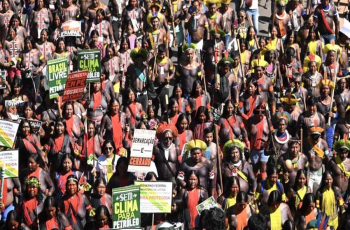
Indigenous people march in Brazil to demand land demarcation
2024-04-24 -
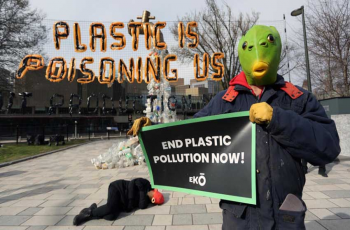
Talks on global plastic treaty begin in Canada
2024-04-24 -
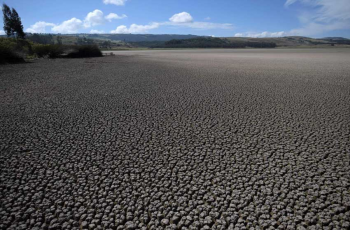
Colombian court recognizes environmental refugees
2024-04-24 -
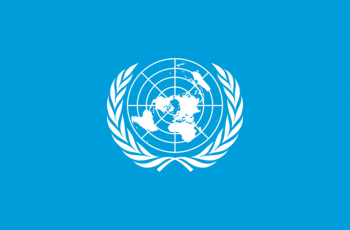
Asia hit hardest by climate and weather disasters last year, says UN
2024-04-23 -
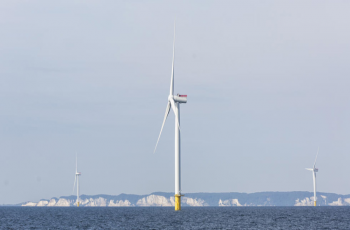
Denmark launches its biggest offshore wind farm tender
2024-04-22 -

Nobel laureate urges Iranians to protest 'war against women'
2024-04-22 -

'Human-induced' climate change behind deadly Sahel heatwave: study
2024-04-21 -

Moldovan youth is more than ready to join the EU
2024-04-18 -
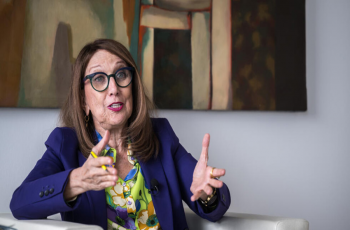
UN says solutions exist to rapidly ease debt burden of poor nations
2024-04-18 -
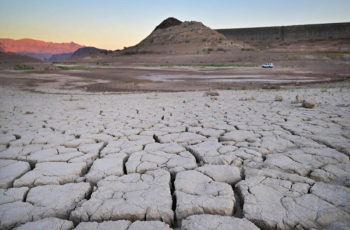
Climate impacts set to cut 2050 global GDP by nearly a fifth
2024-04-18
